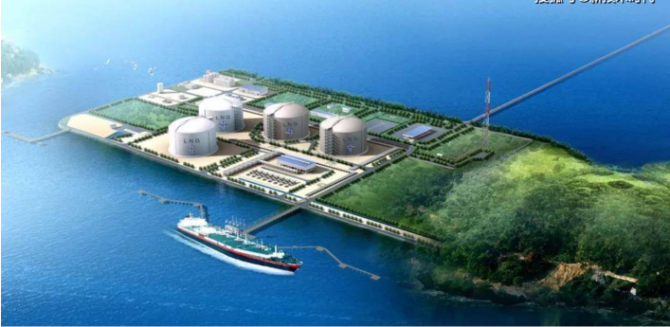

SEARCH
With winter approaching, it is time for Europe to buy and store natural gas resources. Overseas LNG carriers are bringing LNG to Europe, which is also driving the market for international LNG carriers. So, what are the structural characteristics of LNG storage tanks? Let's take a look.
LNG storage tank is generally composed of two sets of inner tank and outer tank. The insulation layer is filled with glass fiber, foamed glass brick, cooling sand, perlite powder polyurethane foam and other thermal insulation materials between the two floors, inner wall and roof. According to the storage tank setting mode can be divided into above-ground storage tank and underground storage tank, according to the structural form can be divided into single-pack tank, double containment tank, full containment tank and membrane tank. The storage pressure of the tank is different, there are two kinds of atmospheric tank and high pressure tank. It can also be classified by tank shape, generally spherical or cylindrical tanks.

LNG has special physical and chemical properties, and it needs to be stored in an environment below -160℃, which has high requirements on the insulation and airtightness of the container. Therefore, the LNG ship has high performance requirements in all aspects. The LNG envelope system, transportation and transfer system used on the ship are high-tech equipment. At the same time, the construction of large LNG ships is very difficult, and the selection of insulation materials for LNG storage tanks is particularly important. As an LNG insulation panel company, Uetersen New Materials has complete intellectual property rights and technology, mature production process and production line. The performance of Uetersen LNG elastic felt meets the technical requirements of LNG storage and transportation, and can produce various specifications of products according to customers' requirements.
As the insulation material of LNG storage tank, the thickness of elastic felt is generally between 85mm and 100mm, depending on the design requirements. It is usually installed with three layers of 85mm elastic felt as hanging felt. When the continuous length of elastic felt reaches more than 40 meters, its tensile strength is still required to withstand the dead weight. The tensile strength of elastic felt is relatively high, which is generally required to be above 6.2kpa.
Related